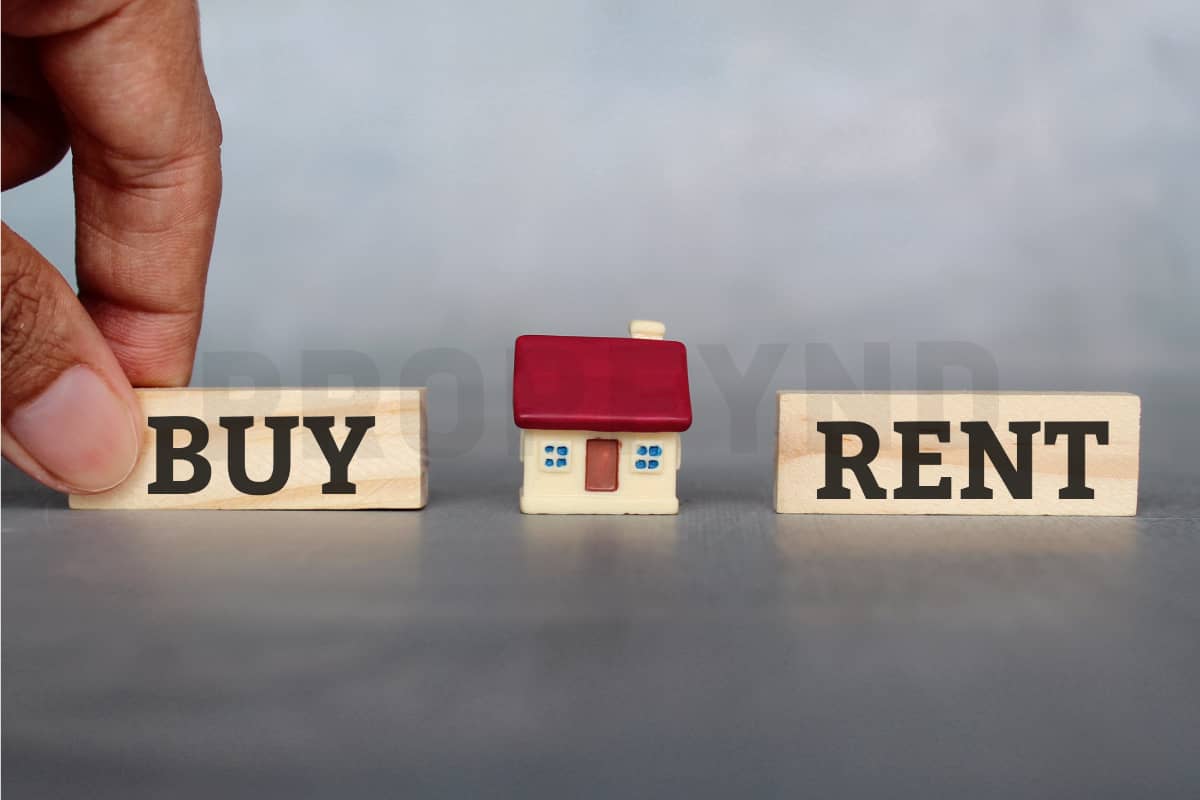Sizing Up The Inland Opportunities
The Phuket Gazette.
DURING the spectacular rise of the island's property industry for much of the past decade, land values have mimicked gold and oil as a precious commodity; rising like a thermometer on a sunny day in the hot season.
Developers, some by necessity and others simply for expanding their margins, have focused on master planning for developments that relied on key words like "density" and "critical mass".
In board terms, the price of the land included in "pre-packaged" land-and-house residential products for sale grew from 10 percent of total cost in the early days up to 20-30 percent. As selling prices skyrocketed, land sizes shrunk faster than a drunk's ATM account during a spell of binge drinking.
Although the quest for oceanfront and ocean-view land continues on the island, in reality there exists an ever-shrinking supply, and despite economic and political challenges, land values in Phuket will arguably continue to rise in the long term.
At the heart of the matter is that Phuket is an island and, despite some ill-advised propositions of reclamation over the years, land is a finite. The laws of supply, demand and surging population would indicate less land, for more people equals higher prices.
As the tides of development change, much like the coming and going of rainy season and summer, so flows the taste of buyers. While the shoreline has dominated resort-grade property market, prospective eyes are increasingly turning inland for opportunity.
This segment now comprises a significant number of current buyers seeking primary residences or second vacation homes. Usage and quality of life are being given more weight than what in many cases has been more of an "ocean glimpse" than an "ocean view". Size now matters.
Case in point is Layan Hills Estate near Cherng Talay, which is starting to see its first units completed. A master plan with 32 large villas, with 18 already sold, on plots ranging from 1 to 1.2 rai.
The land size is more than double than what had been thought of in the past as ample living area and the price range of 37 to 51 million baht is squarely aimed at providing space as the project's core focus.
Leading design house Naga Concepts, which has leading projects such as Surin Heights, Kamala's Plantation and Layan Hills Estate on its list of accomplishments. Modern minimalism with a heavy emphasis on maximizing the fusion of outdoors into the interiors have led to a tasteful final product.
Throughout the estate are spacious surrounding dedicated green areas, and the low-rise structures recede back into nature, altogether minimizing the impact on the environment.
Elsewhere, new focus on size is leading new phases of existing projects, including Banyan Tree's Grand Residences, a final phase at Sai Taan at the entrance of Laguna, and over at Sri Panwa, where more villas are on offer.
As the market continues to stagger through the doors of change, with resales highlighting transaction activity, there remains the unknown of what the Phuket residential market will look like at the end of the coming decade.
Industry guru John Birt, a major player on Koh Samui and whose Phuket Villas and Homes operation is growing in leaps and bounds, forecasts, "Property in the resort areas of Thailand will not be the same as they were until the world is the same (rewind pre-global financial crisis). It's doubtful that conditions for the next three to four years will be like the boom years of past."
Buyers are looking increasingly for value and for many this equates to either price or added value, which in this case is extra land. As Phuket continues to grow into an increasingly urban environment, the inland areas represent an opportunity for developers to provide space and nature back into the tropical cocktail of island living, and size may indeed matter.


